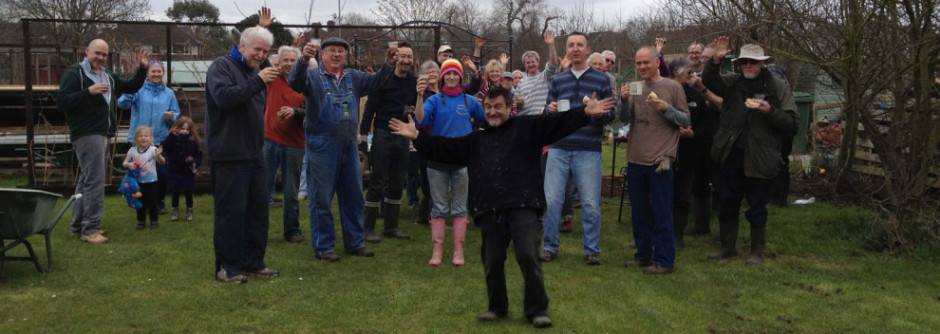Rats are a potential problem on allotments particularly in unturned compost bins.
Appearance
- Up to 40 cm in length, with a tail shorter than the head and body.
- 335 – 550g in weight.
Lifecycle
- 6-14 young per litter but high mortality rate
- 3–6 litters a year; breed every 6 to 8 weeks
- Gestation period of about 3 weeks
- 10 –12 weeks from birth to sexual maturity
- Average lifespan of a wild rat is less than a year but can be up to 2 years
Habits
Usually ground living and burrowing, but sometimes climbs
The preferred food is cereal and grain. They also love fat balls and seeds put out for the birds and will happily climb trees, bushes or up the leg of a wooden bird table to reach it
They will eat almost anything; fruits and berries that have fallen to the ground, discarded food, dog faeces, snails, insects, frogs, mice, carrion and much more
Habitat and movement
Brown rats will live in a large variety of different locations. In natural surroundings they like to burrow into banks, normally near a food source. However, humans have provided them with many habitats: sewers and drain systems, dark unused areas of garages and sheds, wood piles that are not being used regularly, under bushes, in tall thick grass, untended compost heaps or bins, appliances old furniture and rubbish that has been left outside, in holes or gaps under buildings
Rats tend to stay within a restricted area, provided there is sufficient food; their territory is usually small and within a 50 meter radius of the nest
If food is hard to come by a rat will travel quite a distance, up to 4 or 5 kilometres, every night in search of a tempting food supply
When venturing out of the nest rats will always follow the same routes, hence the term “rat runs”, and these soon become obvious
Brown rats are basically nocturnal. There are three main reasons why rats are seen during the day:
- food has become scarce
- the nest has been disturbed
- the rat population is high
Controlling infestation
For a site such as ours eradication is difficult and any control methods are likely to have only a temporary effect unless used on a very regular basis. There are also cost and management implications.
Prevention is likely to be the best cure and good site maintenance routines are essential. All plot holders are responsible for keeping their areas tidy and using best endeavours to prevent infestation such as:
- block access points in and under sheds or structures; a rat will easily squeeze through a 1” hole.
- good waste management; removing rubbish from the site and regularly moving storage piles.
- turning compost heaps regularly, every 6 to 8 weeks is recommended.
- only compost vegetation from site, avoid using household waste on compost heaps.
- do not feed birds and wildlife with items such as fat balls, wild bird seed, nuts, meat products.
